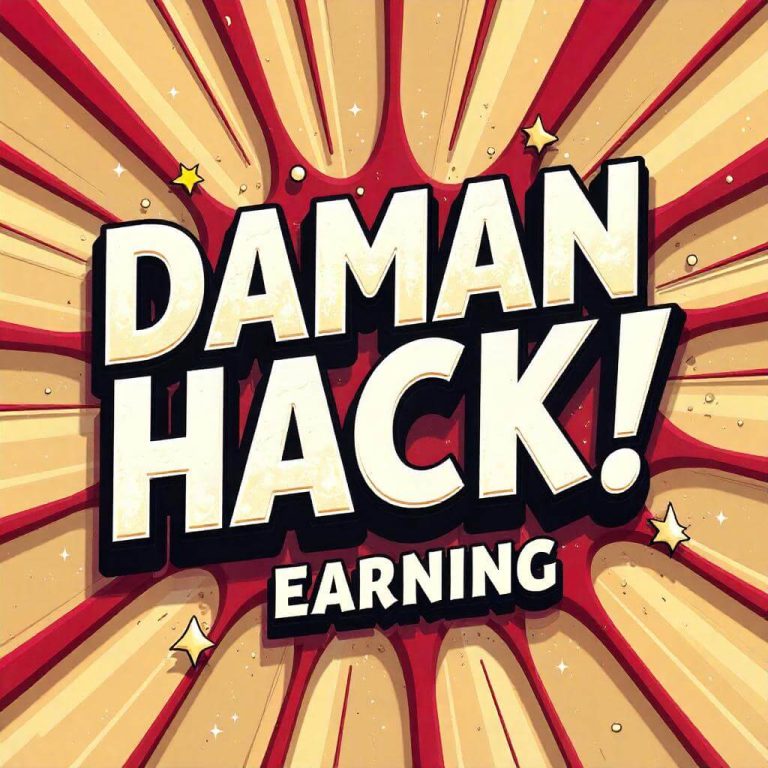
In 2025, the Google Play Store has dramatically changed. It is no longer just a place to search and download applications. Given the advances Google has made in AI, widget implementation, content delivery, and system integrations, most of your apps may become obsolete. That, indeed, sounds extreme, but there are solid supporting points for it.
In this article, we explore the conclusions related to mobile usage changes because of Google Play Store in 2025 and discuss key reasons for you to consider trimming down the number of apps on your smartphone.
Emergence of Super Apps and Native Widgets
It’s no longer the case that travel, entertainment, finance, and other sectors are scattered over multiple applications. In Google Play Store 2025, experiences through widgets will take a central role as part of the new Widgets Hub. Apps are now able to push rich functional widgets to the home screen, like flights, weather, and even expense summaries.
These widgets do not show static information. They are dynamic, interactive, artificial intelligence designed, and fully integrated into the newly engineered Android 16 OS.
Why remove the apps? Because of the new powerful widgets, only one or two apps are needed to replace ten outdated, clunky apps that used to sit idly on your phone.
Topic Pages: A Smarter Discovery; No Installation Needed
As of 2025, the Play Store will feature “topic pages,” allowing content to be organized and surfaced across various categories like entertainment, travel, and education without the need to install multiple apps.
Picture this:
You’re planning a trip to Spain.
You go to the “Travel” topic page.
You see listing for flights, reservation systems, restaurant reviews, and walking tours that include preview, audio, and video guides. All these in one spot.
Why remove apps? Rather than Yelp, Expedia, TripAdvisor, and Lonely Planet, these services can be accessed through an expertly curated, AI-driven topic page that allows for optimized browsing.
“Ask Someone Else to Pay”: App Purchase Without Financial Chaos
Do you often hold on to an app just because you wanted to buy something from it later? With Google Play Store’s new feature “Ask Someone Else To Pay,” you can request purchase approvals from your family or friends. This is done without saving payment methods or subscriptions, making it easier.
The urge to keep freemium or locked apps installed “just in case” takes a steep decline.
Why remove apps? Because the put together, purchasable, giftable, or scheduled nature of app purchases means there is no longer a need to keep unused app purchases that are locked behind pay walls.
Integrated Streaming Services with ‘Where to Watch’
By 2025, Google Play’s “Where to Watch” feature integrates all video content subscriptions from different apps, telling you exactly where to access the movies and shows you want to enjoy.
It works seamlessly with Netflix, YouTube, Prime Video, Disney+, and many others—all without needing to open each app individually.
Why delete apps? Because streamlining apps no longer need to clutter your phone. The Play Store immediately alerts you of what to watch and where to stream it.
Roblox and Play Points Revolution for Gamers Rejoice
In collaboration with Roblox, Google Play introduced an in-game city called the “Diamond District” in 2025, giving users the opportunity to earn Play Points by exploring the city, completing missions, or attending events.
Now, Play Points can be redeemed across platforms for in-game items, premium content, and even subscriptions to various games.
Why delete apps? Mobile gamers rejoice. There’s no longer a need to keep juggling 20 different titles for rewards because all that’s needed are a few high-value games tied to the Play Points system.
Spam-Free Recommendations & Reviews AI Suggests
The integration of Gemini AI allows the Play Store to give accurate app suggestions and filter out spam in reviews. You get all the information you need without needing to wade through fake reviews.
Now, you get exactly and only what you need when you need it, so there’s no need for trial-and-error app installs.
Why delete apps? The Play Store lets you get the right app at the right time so you can use apps temporarily and delete them after.
Instant Apps and Previews
Google is paying more attention to in-app previews and inline app installation. A large number of experiences can now be tried directly from the Play Store without needing installation.
This gives users a Netflix-style preview ability for mobile apps.
Why delete apps? App previewing no longer requires the purchase of device real estate, Download for preview, use once, and forget.
Find Hub Takes Over Find My Device
Google’s Find My Device is now “Find Hub.” The new name is surprising but the implications are useful. Find Hub offers satellite-level accuracy, UWB (ultra-wideband) tracking, and off-grid locating capabilities.
One app now does what 3–4 different apps used to do for security or location tracking for many users.
Why remove apps? For instance, Find Hub combines offline tracking, device location, nearby sharing, and much more into one smooth native integration.

Conclusion: Minimalism Makes Sense in 2025
We all know The Google Play Store is an app store but in 2025 it has transformed into a content hub, an AI assistant, a widget platform, and a one-stop entertainment gateway. With smart delivery, built-in previews, integrated functions, cross-device operations, and more, most of the apps you’ve held onto for years are now rendered useless.
So perhaps it is time to tidy up.
Remove every app that:
Has not been opened for more than 30 days
Is a duplicate of a function available via Find Hub or widgets
Needs separate payment methods or offers no Play Points rewards
Was installed under the premise of “I might need it someday.”
In the new world, the most advanced smartphones are the ones with few apps installed, not many.
Read more: https://globeticker.info/ https://vibelynews.quest/


